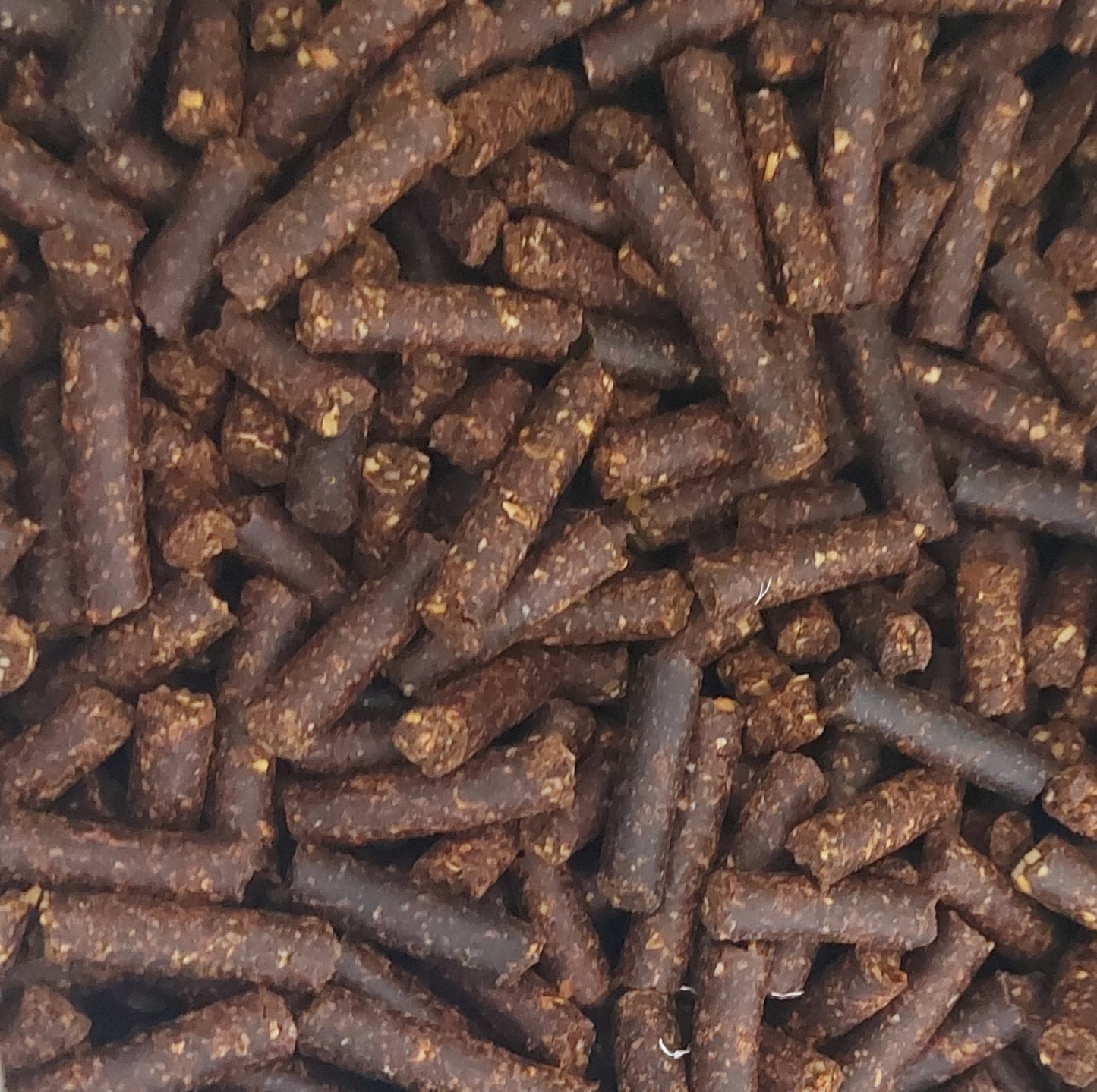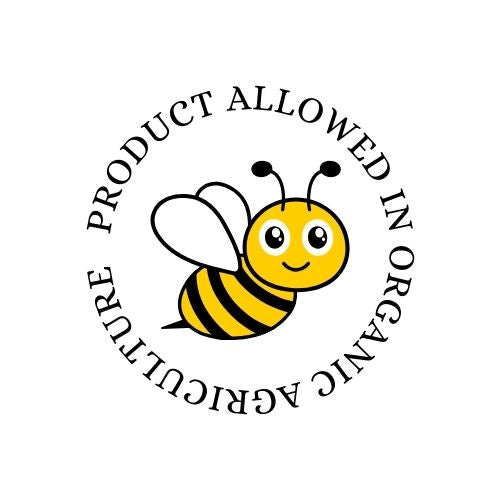Neem oil can be used to control certain diseases and pests affecting sugar beet.

Here are some examples:
- Aphids: Neem oil possesses insecticidal properties that can assist in aphid control on sugar beet. Aphids are pests that feed on plant sap, and neem oil can repel or kill them, reducing their population.
- Sugar beet rootworm: The sugar beet rootworm is a pest that attacks the roots of sugar beet plants and can cause significant yield losses. Neem oil can help manage this pest by reducing its activity and inhibiting its development.
- Fungal diseases: Neem oil has fungicidal properties that can help manage various fungal diseases affecting sugar beet. These include diseases such as powdery mildew, black spot, ring rot, and other fungal infections.
Usage Instructions:
- Aphids: Neem oil can be diluted in water according to the manufacturer's instructions, usually in a ratio of 1:10 to 1:20 (neem oil:water). Spray the solution onto the plant's leaves using a sprayer.
- Sugar beet rootworm: Neem oil can be used to control sugar beet rootworm. Dosage and application methods depend on the product and manufacturer's instructions. Typically, neem oil is diluted in water and applied by spraying the soil around the plant's roots or the leaves, depending on the need.
- Fungal diseases: Neem oil can be used to control various fungal diseases of sugar beet, such as powdery mildew and black spot. Dosage and usage depend on the product and manufacturer's instructions. Usually, neem oil is diluted with water and sprayed onto the plants, particularly on the infected areas.
When using neem oil on sugar beet, it's important to follow the manufacturer's instructions, as dosage can vary based on the oil concentration, specific disease or pest, and growth conditions. Excessive concentration of neem oil can harm plants, so it's crucial to adhere to recommended dilution and application ratios.









